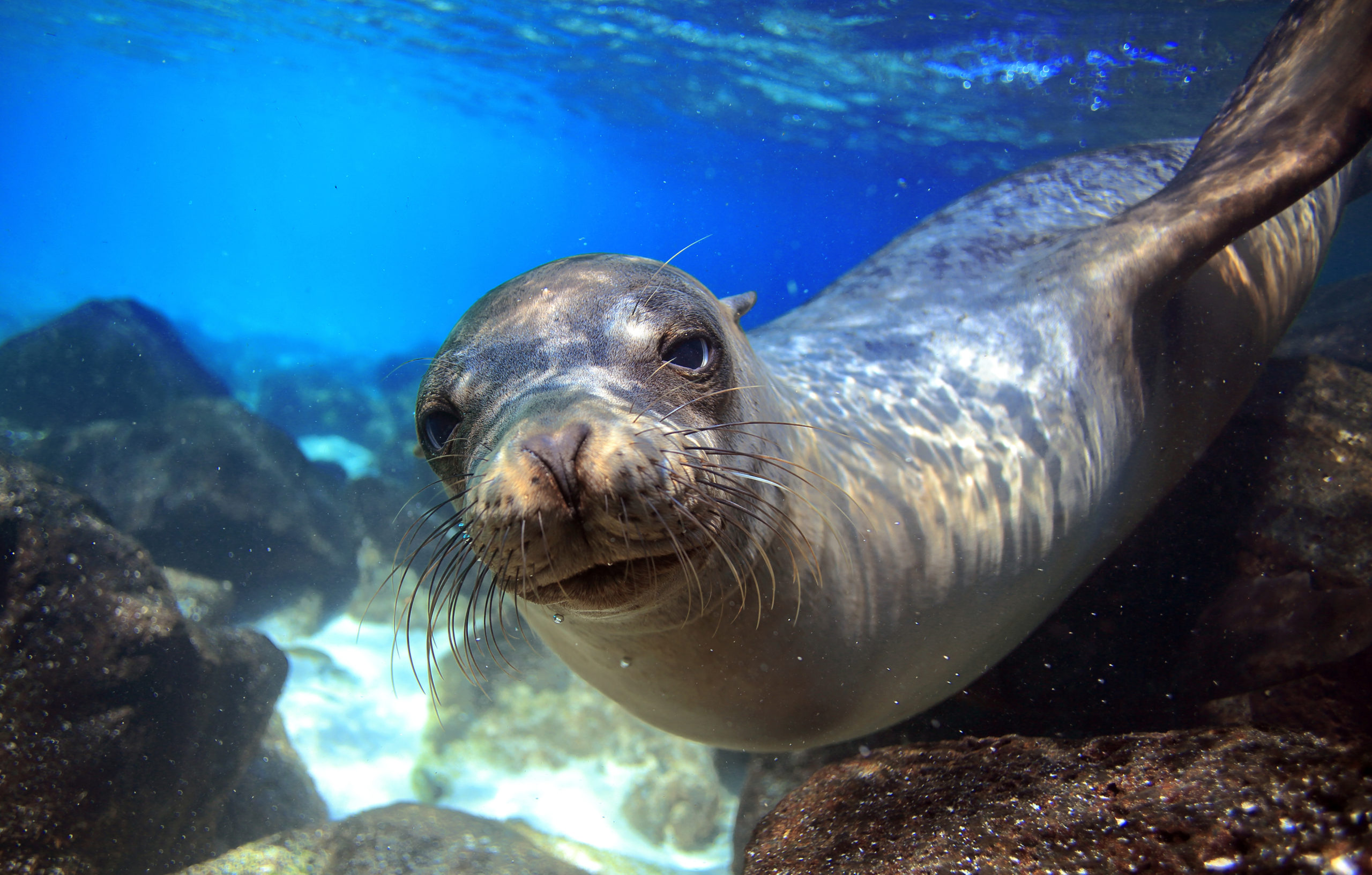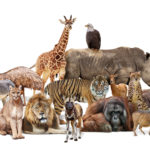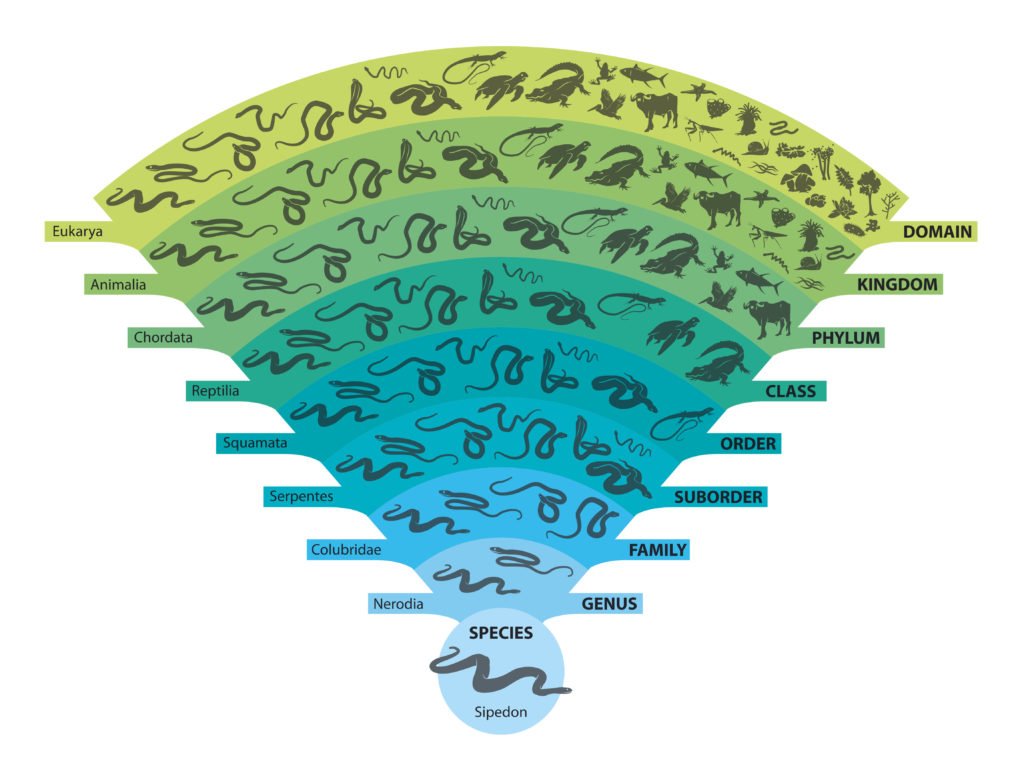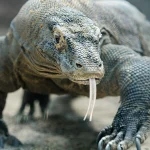Vertebrates and Invertebrates are two types of animals. They are different from each other in many ways.
Vertebrates are animals that have a backbone or spinal column. This helps to protect their delicate spinal cord and provides support for their bodies. Vertebrates are divided into five groups: fish, amphibians, reptiles, birds, and mammals.
Fish are the first group of vertebrates. They live in water and have fins to help them swim. Examples of fish include salmon, goldfish, and sharks.
Amphibians are the next group of vertebrates. They can live in both water and on land. Examples of amphibians are frogs, toads, and salamanders.
Reptiles are the third group of vertebrates. They have scales on their skin and lay eggs on land. Examples of reptiles are snakes, lizards, and turtles.
Birds are the fourth group of vertebrates. They have feathers and can fly. Examples of birds are chickens, eagles, and penguins.
Mammals are the fifth and final group of vertebrates. They have hair on their bodies and feed their young with milk. Examples of mammals are humans, dogs, and cats.
Invertebrates are animals that do not have a backbone. This means they do not have a spinal column to protect their spinal cord. Arthropods are the most common type of invertebrates. They have a hard exoskeleton, which means they have a hard outer shell to protect their bodies. Examples of arthropods are insects, spiders, and crustaceans.
In conclusion, both vertebrates and invertebrates are important parts of our world. Vertebrates have a backbone and are divided into five groups, while invertebrates do not have a backbone and are led by arthropods. Understanding the differences between these two types of animals can help us appreciate the diversity and complexity of our world.






